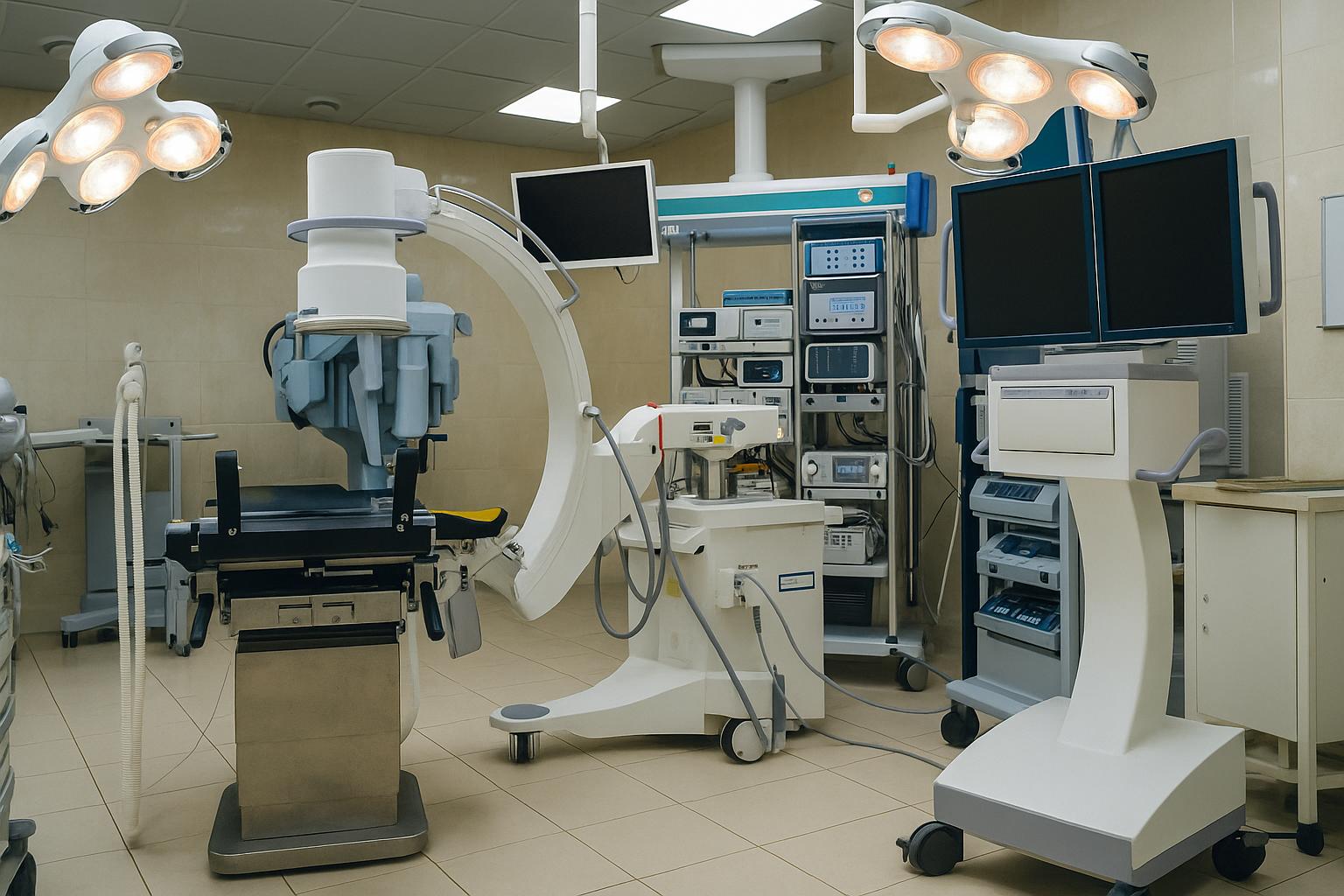Understanding the Role of Medical Equipment
In every healthcare setting, from small clinics to large hospitals, medical equipment forms the backbone of effective patient care. These tools allow healthcare professionals to diagnose conditions, monitor vital signs, and deliver life-saving treatment. Without them, even the most skilled doctors and nurses would struggle to provide accurate and timely care.
Basic Diagnostic Tools
Every medical facility begins with essential diagnostic tools. Stethoscopes, thermometers, blood pressure monitors, and otoscopes are standard in both general practice and specialist environments. These simple yet vital devices help clinicians identify symptoms early, guiding the next steps in diagnosis or treatment.
Patient Monitoring Systems
Monitoring systems play a crucial role in modern hospitals. Devices that track heart rate, oxygen saturation, and respiration allow continuous observation of patients in critical care. This constant monitoring ensures that any change in a patient’s condition is detected immediately, giving medical staff time to respond effectively.
Life-Saving Emergency Equipment
Defibrillators, ventilators, and suction machines are indispensable during emergencies. They help restore normal heart rhythm, maintain breathing, and clear airways when every second counts. Having well-maintained emergency equipment available can mean the difference between life and death in urgent situations.
Surgical and Procedural Instruments
From scalpels and forceps to retractors and clamps, surgical instruments must meet high standards of precision and hygiene. They are designed for specific procedures and sterilised after each use to ensure patient safety. Operating rooms also rely heavily on lighting systems and anaesthesia machines to support surgical teams.
Specialised Medical Devices
Certain medical devices are designed for more specific roles. For example, a blood warmer is used to safely raise the temperature of transfused blood or intravenous fluids, especially in trauma or surgical cases. This helps prevent hypothermia and ensures better patient recovery outcomes.
Supportive Care and Mobility Aids
Beyond treatment and diagnostics, supportive tools such as hospital beds, wheelchairs, patient lifts, and IV poles contribute to overall comfort and efficiency. These items improve patient mobility, reduce strain on healthcare staff, and enhance recovery experiences within clinical settings.
Modern healthcare depends on the reliability and precision of medical equipment. From simple diagnostic tools to advanced monitoring systems, each device plays a vital part in maintaining health and saving lives. As technology continues to advance, medical tools will become even more efficient, ensuring patients receive the best possible care across all healthcare environments.

